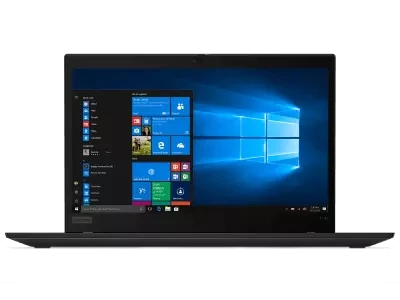How voice search works
Voice search combines speech recognition technology with search engine keyword queries to enable users to speak questions rather than type them. The software ingests what it hears, queries one or more search engines, and presents relevant answers.
Voice search is increasingly popular, with millions of users around the world submitting multiple speech-based queries each day. They use voice search to get the local weather forecast, check their stock portfolios, answer everyday questions, and more. And the list keeps expanding as companies release new voice search-enabled virtual assistants and users learn to refine their queries for better results.
Industry analysts believe that in 2019 or before, voice search will account for more than 20 percent of direct search engine traffic, with the number expected to grow.
Is voice search the same as a virtual assistant?
Voice search and virtual assistants are different but related technologies. Voice search is the simpler of the two but is a key contributor to many of the advanced capabilities of today's virtual assistants such as Amazon Alexa, Apple Siri, Google Assistant, and Microsoft Cortana.
Voice search describes the process in which a system understands spoken words, submits pertinent questions to a search engine, and presents the results to the user. Voice search can function alone or within a virtual assistant, which typically can also perform additional tasks such as calendar scheduling, home device management, and so on.
What can voice search do?
At the core of voice search is speech recognition technology, which dates to the early 1960s. But it took advances in natural language understanding -- the ability of a system to comprehend word meanings based on history, context and how they are spoken -- to make today's voice search and virtual assistant tools possible. When a device understands "Is it going to rain this weekend?" as relating to the local weather forecast for the upcoming Saturday-Sunday period, it's connecting the concepts using natural language understanding.
Voice search was initially popularized in smartphones and similar handheld devices, where typing search terms can be inconvenient. Users loved getting fast answers simply by saying "How many teams are in Premier League football?" or "Where is Albuquerque?", and the rapid public acceptance of voice search soon led software makers to build the technology into PC operating systems, too.
The latest voice search/virtual assistant trend are so-called smart devices or smart speakers that actively listen for voice search queries (or other commands) and speak the results aloud. Examples include Google Home, Amazon Echo and Apple HomePod. Still newer devices -- including the Lenovo Smart Display -- add screens so answers to voice search queries can be presented visually, too. Visual search results are considered a better alternative for traffic updates, instructional material, and so on.
Voice search vs. text search
Typed queries were once the only way to submit questions to search engines. Yet with the emergence of voice search, typing is no longer necessary. It's just one method. The change is so fundamental that today, the long-used term "text search" has gained new meaning as a way to distinguish typed queries from spoken ones.
Like any technology, voice search has advantages and disadvantages -- particularly as it is enabled through virtual assistant services such as Alexa, Siri, Cortana and Google Assistant. Here are some pros and cons of voice search:
- Voice search can save time to eliminating the need to call up a search engine web page and/or type a question into an input box. But despite the increasing accuracy of today's voice recognition and natural language software, there will be instances when the system does not correctly interpret the user's question and presents imprecise or inaccurate results.
- Voice search is highly convenient and can become a part of everyday life once the user learns the best way to ask questions to generate the desired results. However, some users have encountered unexpected results when their PCs or smart devices are "actively listening" at all times and can mistakenly interpret everyday speech as commands or search queries.

















